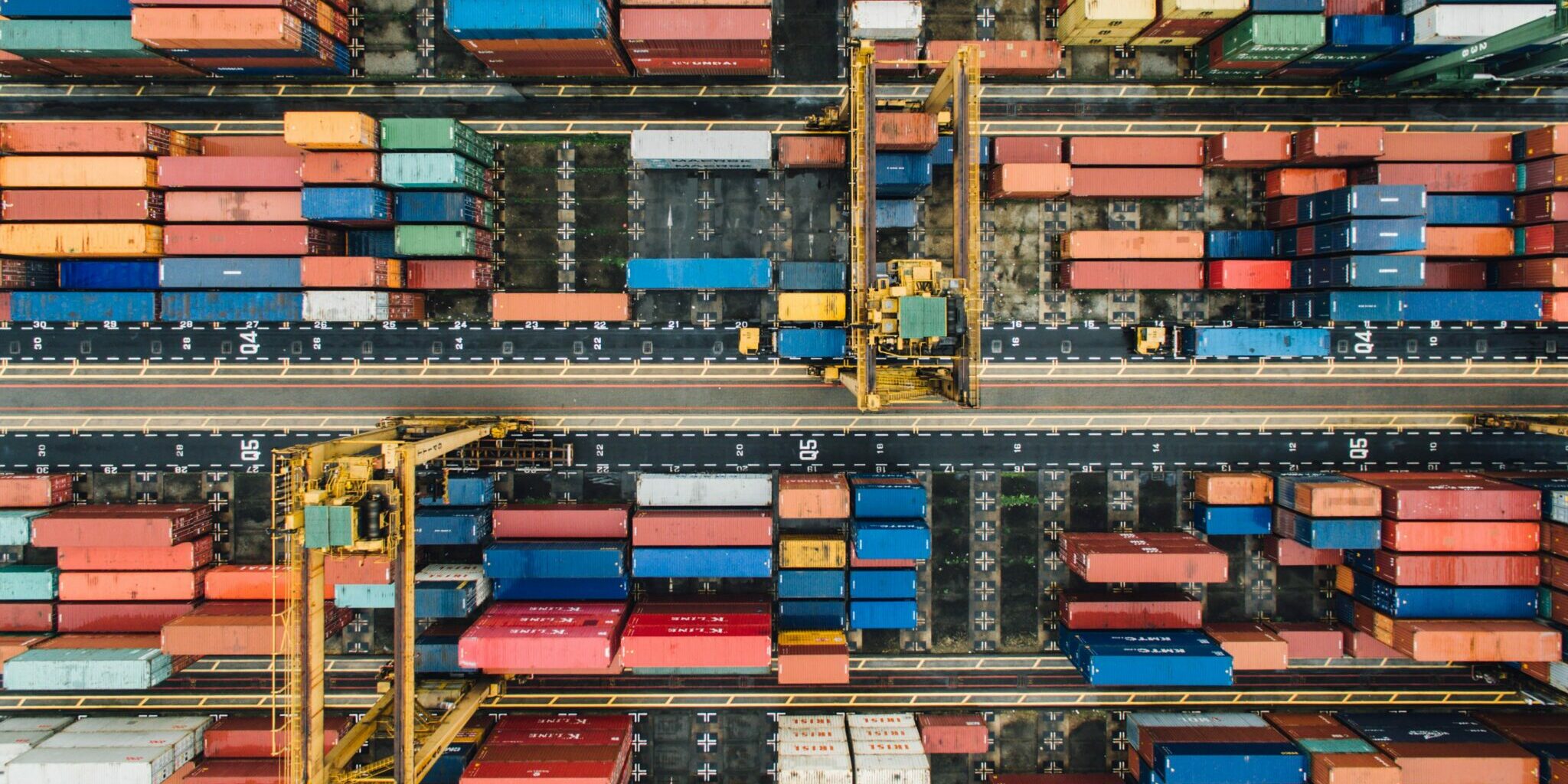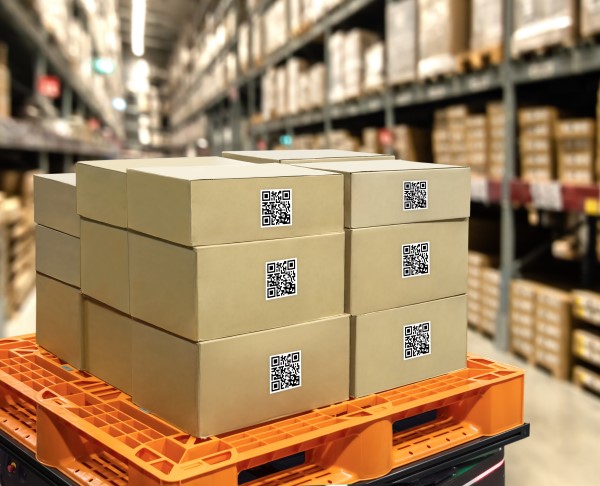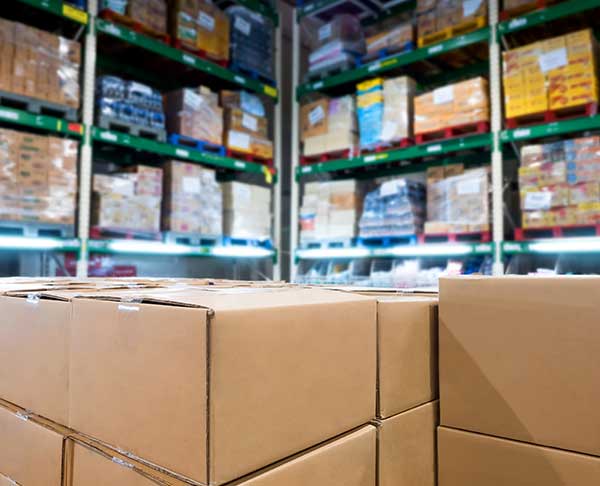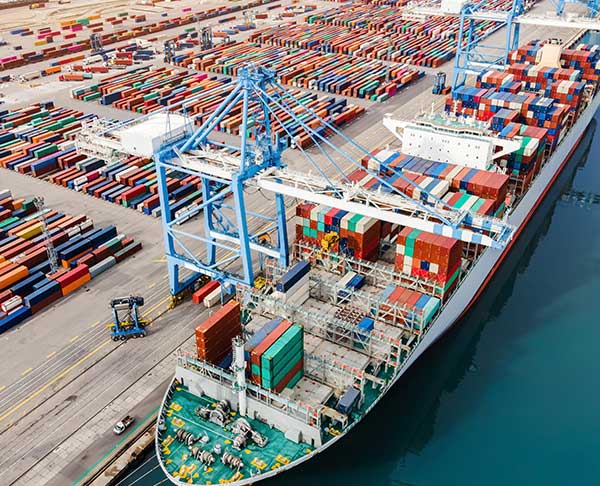
Reverse Logistics
Reverse logistics is a term that may be unfamiliar to many business owners, but it is the backbone to any smoothly operating supply chain. Here is everything you should know about reverse logistics.
Reverse Logistics
So, what is reverse logistics? In short, reverse logistics is the process of returning goods back to their original manufacturers. This could be for a number of reasons such as damaged items, incorrect items being sent, or even just because the customer has changed their mind.
There are a few different types of reverse logistics that businesses need to be aware of. The first type is product returns. This is when a customer changes their mind about a product or finds that it is not fit for purpose and sends it back to the retailer. The second type is repair and replacement. This is when a product arrives damaged or faulty and needs to be sent back to the manufacturer to be fixed or replaced. The third and final type is recycling. This is when a product has reached the end of its life cycle and needs to be recycled.
Reverse logistics can be a complex process, but it is one that is essential for businesses to get right. A well-run reverse logistics operation can save businesses money, improve customer satisfaction levels, and increase sustainability.
Sustainability
Reverse logistics is not just about returning goods back to their original manufacturers. It is also about sustainability. A reverse logistics operation that is not sustainable will not be able to meet the needs of customers or businesses in the long term.
To be sustainable, a reverse logistics operation must take into account the environmental impact of its activities. This includes the emissions from transportation, the use of resources, and the disposal of waste. A sustainable reverse logistics operation will also have systems in place to reuse or recycle materials where possible.
Developing Reverse Logistics Systems
If you are looking to develop reverse logistics systems in your supply chain, there are a few things you need to keep in mind. The first is that reverse logistics systems need to be integrated with other parts of the supply chain. This includes both the forward and reverse flows of goods. Second, reverse logistics systems must be able to handle a variety of product types. This includes everything from small items to large items, and from perishable goods to non-perishable goods. Third, reverse logistics systems must be able to cope with a variety of customer requirements. This includes things like returns, repairs, and replacements.
Key Stakeholders in Your Reverse Logistics System
Transportation
The first thing you need to consider is the mode of transportation. Will you be using air, land, or sea transport? Each mode of transport has its own advantages and disadvantages. You need to choose the one that best suits your needs.
The second thing you need to consider is the type of container you will use. There are a variety of containers available, from small boxes to large pallets, which will be dictated by the volume and frequency of your return shipments.
The third thing you need to consider is the packaging. You need to make sure that your products are properly packaged so that they do not get damaged in transit.
Many end-use items are returned via mail or parcel delivery. In some cases, the initial outbound transportation provider may be contracted to provide reverse logistics services.
Warehousing/Distribution Centers
If your reverse logistics operation is not integrated with your forward logistics operation, you will need to set up a separate warehouse or distribution center for returned items. This is an additional cost that you need to take into account.
You also need to consider how you are going to store returned items. Are you going to store them in the same way as you store new items, or are you going to set up a separate storage system?
You need to make sure that your reverse logistics operation is efficient and effective. This means having systems in place to track returned items, and having staff who are trained in handling returned items.
Reverse logistics systems need to be able to handle a variety of product types. This includes everything from small items to large items, and from perishable goods to non-perishable goods.
Customer Service/Customer Care teams
Your reverse logistics operation will need to have a customer service or customer care team. This team will be responsible for dealing with customers who have returned items. They will need to be able to answer any questions that customers have, and they will need to be able to process returns quickly and efficiently.
It is important that you make it easy for customers to make returns. If you make it difficult, customers will be less likely to do business with you in the future. You also need to make sure that you are not penalizing consumers for making returns. Returns are a part of doing business, and you need to accept them as such.
Finally, you need to make sure that returned items are being returned in a way that they can be recycled or redistributed. This helps to reduce the impact of returns on the environment.
Product Development, Merchandising Teams and Improvement Teams
Why are things being returned? This is a question that your product development or improvement team needs to answer. Returns can be caused by a variety of factors, including poor quality, incorrect sizing, damage in transit, and so on.
Your reverse logistics operation can be a valuable source of information for your product development or improvement teams. This is because returned items can provide you with insights into why customers are not satisfied with your products.
It is important to set up systems to track returned items so that you can identify patterns. You can then use this information to make changes to your products so that they are less likely to be returned in the future.
In some cases, you may also be able to use returned items to improve your manufacturing process. For example, if you find that a certain component is causing a significant portion of returns, you can make changes to your manufacturing process to reduce the number of defective components.
To reduce waste, you can resale or redistribute returned items at a lower cost or as new items without adding to the consumer waste problem.
MORE ARTICLES

ONE YEAR OUT: HOW PANDEMIC SHUTDOWNS ARE IMPACTING SUPPLY CHAINS
Despite their best efforts, supply chains across industries are still in flux from the impact of global manufacturing and shipping shutdowns in spring 2020.



